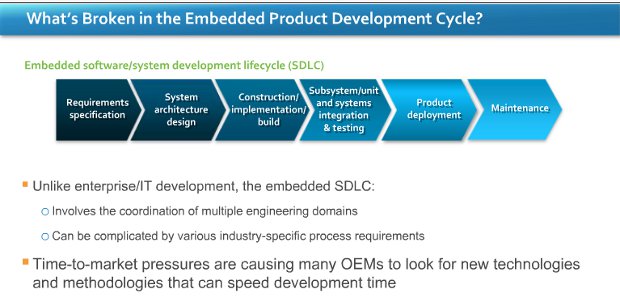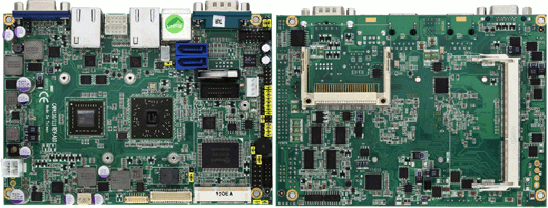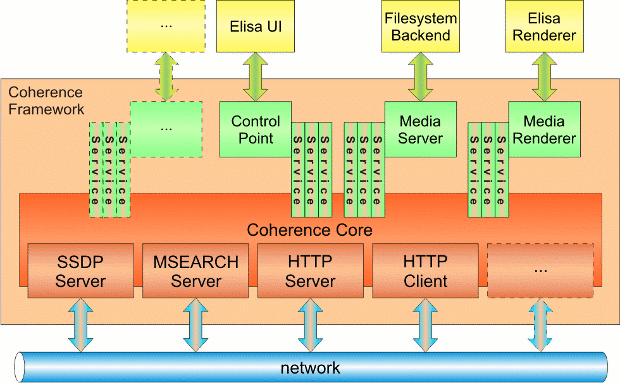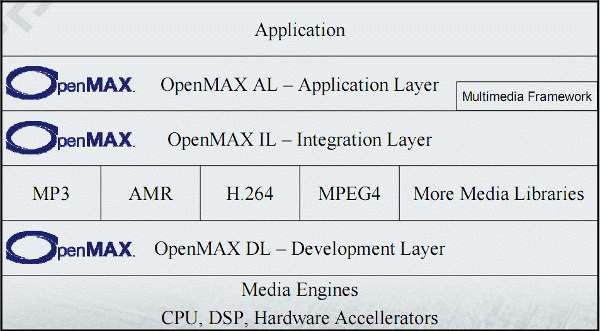MIPS has just released Linux Kernel 3.0.8 port for MIPS SoC, the kernel version used by Android 4.0.1. The latest kernel is available on MIPS developer website at http://developer.mips.com/linux/. You can use Git to get the latest kernel source code for MIPS Technologies cores (with hardware fixes and improvements) as follows:
|
1 |
git clone git://git.linux-mips.org/pub/scm/linux-mti.git -b linux-mti-3.0.8 |
Although git is recommended to ensure you have the latest commit, you can also download a snapshot version from linux-mips FTP site.:
|
1 |
ftp://ftp.linux-mips.org/pub/linux/mips/mti-stable/v3.x/linux-mti-3.0.8-1.tar.bz2 |
Over the next several weeks, MIPS will be posting updates on the MIPS Developer website regarding Android 4.0 (ICS) with a release planned for mid-december 2011. Jean-Luc Aufranc (CNXSoft)Jean-Luc started CNX Software in 2010 as a part-time endeavor, before quitting his job as a software engineering manager, and starting to write daily news, and reviews full time later in 2011. www.cnx-software.com








